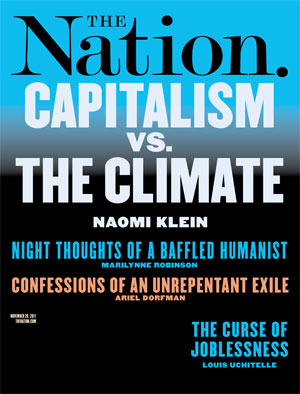
How Humanitarian Aid Weakened Post-Earthquake Haiti How Humanitarian Aid Weakened Post-Earthquake Haiti
The chaotic rebuilding effort has actually widened the country’s social rifts, bringing the first emancipated black Republic under the yoke of a new kind of imperialism.
Sep 2, 2014 / Blog / Michelle Chen
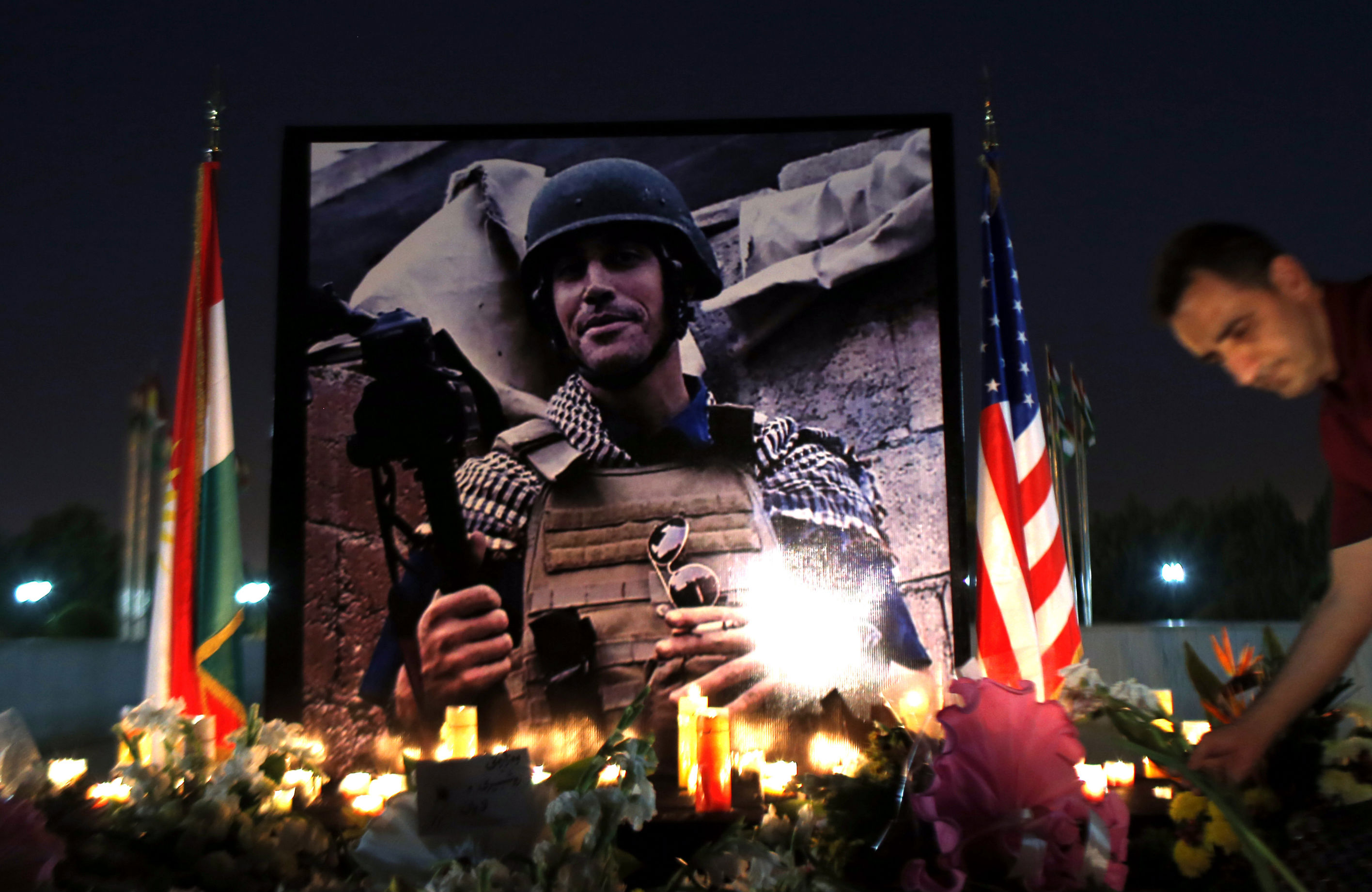
What the Twin Plagues of ISIS and Ebola Have in Common What the Twin Plagues of ISIS and Ebola Have in Common
Both thrive on the breakdown of the existing social order.
Aug 28, 2014 / Foreign Policy In Focus / John Feffer and Foreign Policy In Focus
Stephen Cohen: Kiev Intensifies Mortar Attacks in Eastern Ukraine Stephen Cohen: Kiev Intensifies Mortar Attacks in Eastern Ukraine
Stephen Cohen has the latest analysis of the situation in Ukraine.
Aug 28, 2014 / Nation in the News / Stephen F. Cohen
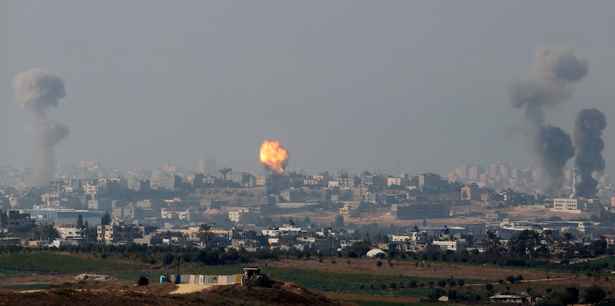
Liberal Zionism Is Dying. The Two-State Solution Shouldn’t Go With It. Liberal Zionism Is Dying. The Two-State Solution Shouldn’t Go With It.
In 1948, Hannah Arendt published an essay in the magazine Commentary—at the time still a liberal magazine—titled “To Save the Jewish Homeland.” She lamented the increasingly militaristic, chauvinistic direction of Zionism, the virtual unanimity among Jews in both the United States and Palestine that “Arab and Jewish claims are irreconcilable and only a military decision can settle the issue; the Arabs, all Arabs, are our enemies and we accept this fact; only outmoded liberals believe in compromises, only philistines believe in justice, and only shlemiels prefer truth and negotiation to propaganda and machine guns…and we will consider anybody who stands in our way a traitor and anything done to hinder us a stab in the back.” This nationalist strain of Zionism, she predicted, might succeed in establishing a state, but it would be a modern-day Sparta, “absorbed with physical self-defense to a degree that would submerge all other interests and activities.” It would negate the very humanistic Jewish values that originally fed the Zionist dream. “Palestine Jewry would eventually separate itself from the larger body of world Jewry and in its isolation develop into an entirely new people,” she writes. “Thus it becomes plain that at this moment and under present circumstances a Jewish state can only be erected at the price of the Jewish homeland.” It’s difficult to avoid the conclusion, sixty-six years later, that she was right. That’s why Antony Lerman’s op-ed in The New York Times this Sunday, “The End of Liberal Zionism,” strikes such a chord. Lerman is a former director of the Institute for Jewish Policy Research in London and was for a long time a liberal Zionist himself; he became an Israeli citizen in 1970. Yet now, he writes, “The romantic Zionist ideal, to which Jewish liberals—and I was one, once—subscribed for so many decades, has been tarnished by the reality of modern Israel. The attacks on freedom of speech and human rights organizations in Israel, the land-grabbing settler movement, a growing strain of anti-Arab and anti-immigrant racism, extremist politics, and a powerful, intolerant religious right—this mixture has pushed liberal Zionism to the brink.” He’s right. Consider J Street, which began with so much promise as a voice for liberal Zionism in the United States, one that would criticize expansionist Israeli policy and advocate for a two-state solution. Succumbing to the very unanimity Arendt decried all those years ago, it disgraced itself by declining to stand against Israel’s most recent war on Gaza, a departure from its opposition to 2009’s Operation Cast Lead. That, in turn, has led some of its supporters to jump ship for the more left-wing, non-Zionist Jewish Voice for Peace. (Full disclosure—I’ve spoken at J Street conferences, though not in several years.) In some ways, J Street’s position is an impossible one—it describes itself as pro-Israel and pro-peace, a difficult stance to sustain at a time when Israel itself acts so consistently as an impediment to peace. “The only Zionism of any consequence today is xenophobic and exclusionary, a Jewish ethno-nationalism inspired by religious messianism,” writes Lerman. “It is carrying out an open-ended project of national self-realization to be achieved through colonization and purification of the tribe.” Yet it doesn’t necessarily follow from this, as Lerman implies, that disenchanted liberal Zionists should therefore support a binational state. “In the repressive one-state reality of today’s Israel, which Mr. Netanyahu clearly wishes to make permanent, we need a joint Israeli-Palestinian movement to attain those rights and the full equality they imply,” he writes. “Only such a movement can lay the groundwork for the necessary compromises that will allow the two peoples’ national cultures to flourish.” The appeal of such a solution is obvious. There has always been an internal tension in the idea of a Jewish democratic state, since it’s hard to argue that a country devoted to the aspirations of one religious or ethnic group can also be a state for all its citizens, whatever their backgrounds and beliefs. Further, as Lerman so clearly points out, a “de facto single state already exists; in it, rights for Jews are guaranteed while rights for Palestinians are curtailed.” With a two-state solution seeming ever more impracticable, surely it simply makes more sense to give Palestinians full rights in the state in which they already live? The problem here is that however quixotic a two-state solution might be, a binational state is, at least right now, even more so. The binational model is barely workable in Belgium, which went 589 days without a government from 2010–11 because the Flemish and the Walloons were unable to transcend their disagreements and form a governing coalition. There is certainly no reason to assume that the Israelis and the Palestinians can coexist in a single state more peacefully than the various peoples of the former Yugoslavia. Meanwhile, the majority of Palestinians still want their own state. As The New York Times reported, in a poll earlier this year, “about a third of all Palestinians expressed interest in the one-state alternative.” Eventually, this will likely change as continuing settlement pushes a two-state solution even further out of reach. The idea of a single state has particular traction among the young; Palestinian president Mahmoud Abbas’s own son, Tareq Abbas, supports it. “If you don’t want to give me independence, at least give me civil rights,” he told the Times. Please support our journalism. Get a digital subscription for just $9.50! If and when a majority of Palestinians start demanding the rights of citizens within the country in which they are currently living, there will be no credible argument against them, and liberal Zionism will become a true impossibility. But the chance of any resulting state surviving instead of devolving into civil war and grotesque violence are not good. They are even more remote, in fact, than the chances that Israel will evacuate the settlements and come to a political agreement giving the Palestinians a state of their own. “Liberal Zionists believe that Jewish criticism of Israeli policies is unacceptable without love of Israel,” writes Lerman. “They embrace Israel as the Jewish state. For it to remain so, they insist it must have a Jewish majority in perpetuity.” But support of a two-state solution doesn’t require that one love Israel, only that one acknowledge its reality. Whatever the justice of its creation, the Jews who live there aren’t going anywhere; a majority of them are Mizrahi, Jews from the Middle East and North Africa, and thus indigenous to the region if not to the land itself. They don’t want to live with the Palestinians and the Palestinians don’t want to live with them. It would be beautiful if Jews and Arabs in historic Palestine could co-exist in a single state, but it’s a utopian idea in a part of the world that has already seen too many airy messianic dreams turn to tragedy. Read Next: Michelle Goldberg on how tear is an abortifacient and why the anti-abortion movement to oppose its use.
Aug 26, 2014 / Blog / Michelle Goldberg
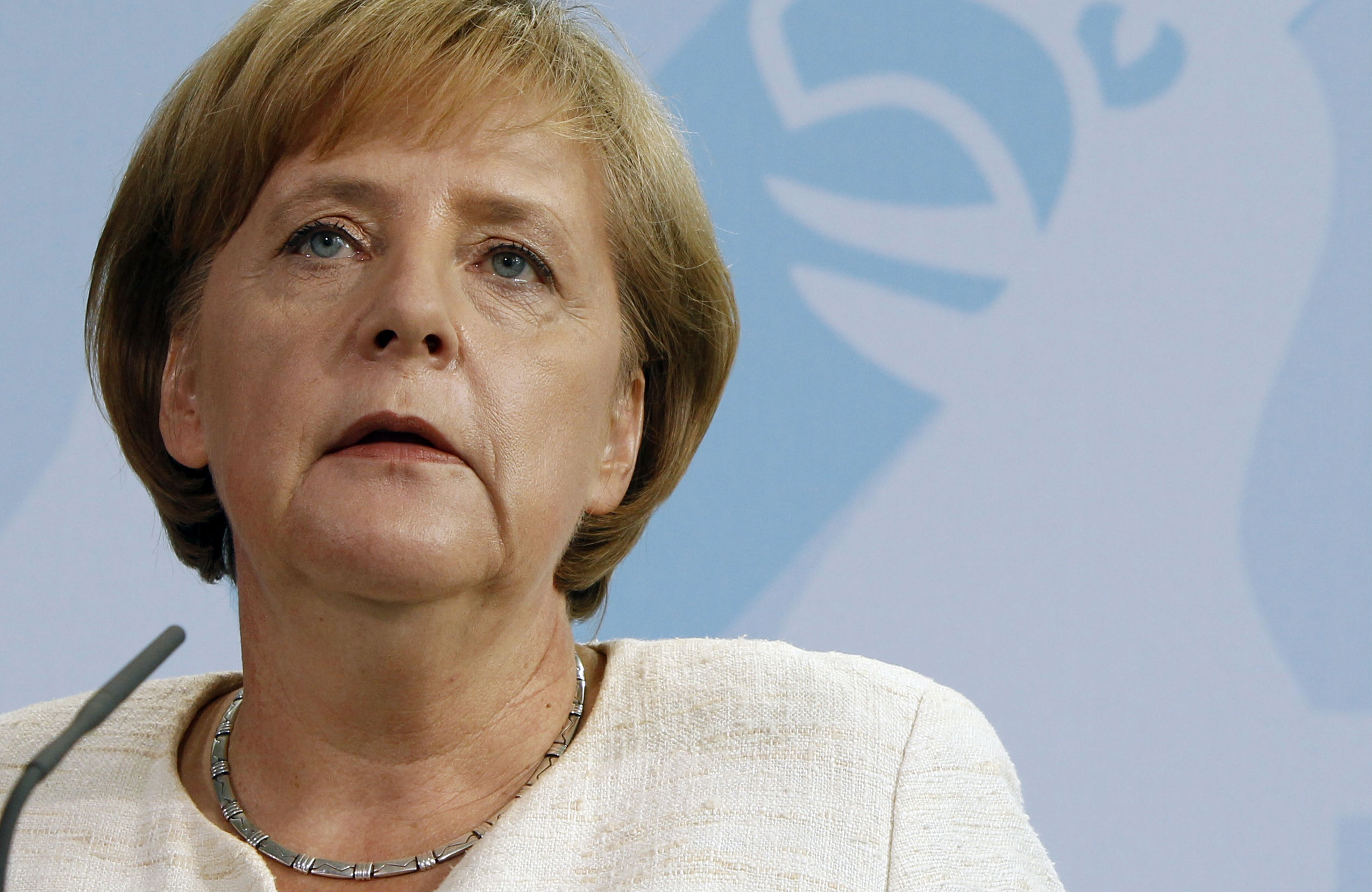
The Most Important Political Figure in Europe Visits Kiev This Saturday The Most Important Political Figure in Europe Visits Kiev This Saturday
When Chancellor Merkel meets with President Petro Poroshenko, she’s going to want something in return
Aug 21, 2014 / Nation in the News / Stephen F. Cohen
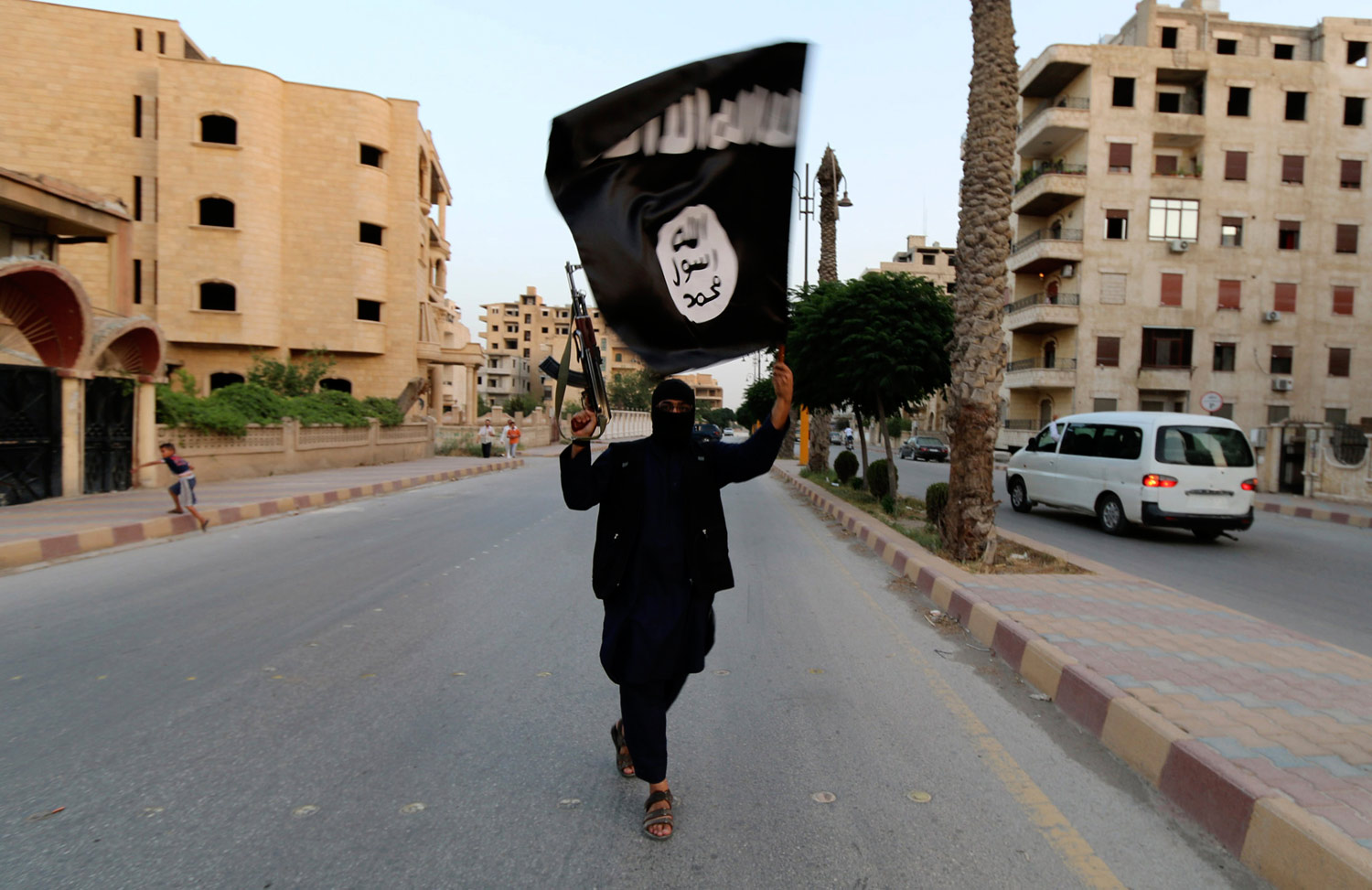
How the War on Terror Created the World’s Most Powerful Terror Group How the War on Terror Created the World’s Most Powerful Terror Group
This essay, which originally appeared on TomDispatch, is excerpted from the first chapter of Patrick Cockburn’s new book, The Jihadis Return: ISIS and the New Sunni Uprising, with special thanks to his publisher, OR Books. The first section is a new introduction written for TomDispatch. There are extraordinary elements in the present US policy in Iraq and Syria that are attracting surprisingly little attention. In Iraq, the United States is carrying out air strikes and sending in advisers and trainers to help beat back the advance of the Islamic State of Iraq and the Levant (better known as ISIS) on the Kurdish capital, Erbil. The US would presumably do the same if ISIS surrounds or attacks Baghdad. But in Syria, Washington’s policy is the exact opposite: there the main opponent of ISIS is the Syrian government and the Syrian Kurds in their northern enclaves. Both are under attack from ISIS, which has taken about a third of the country, including most of its oil and gas production facilities. But US , Western European, Saudi and Arab Gulf policy is to overthrow President Bashar al-Assad, which happens to be the policy of ISIS and other jihadis in Syria. If Assad goes, then ISIS will be the beneficiary, since it is either defeating or absorbing the rest of the Syrian armed opposition. There is a pretense in Washington and elsewhere that there exists a “moderate” Syrian opposition being helped by the United States, Qatar, Turkey, and the Saudis. It is, however, weak and getting more so by the day. Soon the new caliphate may stretch from the Iranian border to the Mediterranean and the only force that can possibly stop this from happening is the Syrian army. The reality of US policy is to support the government of Iraq, but not Syria, against ISIS. But one reason that group has been able to grow so strong in Iraq is that it can draw on its resources and fighters in Syria. Not everything that went wrong in Iraq was the fault of Prime Minister Nouri al-Maliki, as has now become the political and media consensus in the West. Iraqi politicians have been telling me for the last two years that foreign backing for the Sunni revolt in Syria would inevitably destabilize their country as well. This has now happened. By continuing these contradictory policies in two countries, the United States has ensured that ISIS can reinforce its fighters in Iraq from Syria and vice versa. So far, Washington has been successful in escaping blame for the rise of ISIS by putting all the blame on the Iraqi government. In fact, it has created a situation in which ISIS can survive and may well flourish. Using the Al Qaeda Label The sharp increase in the strength and reach of jihadist organizations in Syria and Iraq has generally been unacknowledged until recently by politicians and media in the West. A primary reason for this is that Western governments and their security forces narrowly define the jihadist threat as those forces directly controlled by Al Qaeda central or “core” Al Qaeda. This enables them to present a much more cheerful picture of their successes in the so-called war on terror than the situation on the ground warrants. In fact, the idea that the only jihadis to be worried about are those with the official blessing of Al Qaeda is naïve and self-deceiving. It ignores the fact, for instance, that ISIS has been criticized by the Al Qaeda leader Ayman al-Zawahiri for its excessive violence and sectarianism. After talking to a range of Syrian jihadi rebels not directly affiliated with Al Qaeda in southeast Turkey earlier this year, a source told me that “without exception they all expressed enthusiasm for the 9/11 attacks and hoped the same thing would happen in Europe as well as the US.” Jihadi groups ideologically close to Al Qaeda have been relabeled as moderate if their actions are deemed supportive of US policy aims. In Syria, the Americans backed a plan by Saudi Arabia to build up a “Southern Front” based in Jordan that would be hostile to the Assad government in Damascus, and simultaneously hostile to Al Qaeda–type rebels in the north and east. The powerful but supposedly moderate Yarmouk Brigade, reportedly the planned recipient of anti-aircraft missiles from Saudi Arabia, was intended to be the leading element in this new formation. But numerous videos show that the Yarmouk Brigade has frequently fought in collaboration with JAN, the official Al Qaeda affiliate. Since it was likely that, in the midst of battle, these two groups would share their munitions, Washington was effectively allowing advanced weaponry to be handed over to its deadliest enemy. Iraqi officials confirm that they have captured sophisticated arms from ISIS fighters in Iraq that were originally supplied by outside powers to forces considered to be anti–Al Qaeda in Syria. The name Al Qaeda has always been applied flexibly when identifying an enemy. In 2003 and 2004 in Iraq, as armed Iraqi opposition to the American and British-led occupation mounted, US officials attributed most attacks to Al Qaeda, though many were carried out by nationalist and Baathist groups. Propaganda like this helped to persuade nearly 60 percent of US voters prior to the Iraq invasion that there was a connection between Saddam Hussein and those responsible for 9/11, despite the absence of any evidence for this. In Iraq itself, indeed throughout the entire Muslim world, these accusations have benefited Al Qaeda by exaggerating its role in the resistance to the US and British occupation. Precisely the opposite PR tactics were employed by Western governments in 2011 in Libya, where any similarity between Al Qaeda and the NATO-backed rebels fighting to overthrow the Libyan leader Muammar Qaddafi was played down. Only those jihadis who had a direct operational link to the Al Qaeda “core” of Osama bin Laden were deemed to be dangerous. The falsity of the pretense that the anti-Gaddafi jihadis in Libya were less threatening than those in direct contact with Al Qaeda was forcefully, if tragically, exposed when US ambassador Chris Stevens was killed by jihadi fighters in Benghazi in September 2012. These were the same fighters lauded by Western governments and media for their role in the anti-Gaddafi uprising. Imagining Al Qaeda as the Mafia Al Qaeda is an idea rather than an organization, and this has long been the case. For a five-year period after 1996, it did have cadres, resources and camps in Afghanistan, but these were eliminated after the overthrow of the Taliban in 2001. Subsequently, Al Qaeda’s name became primarily a rallying cry, a set of Islamic beliefs, centering on the creation of an Islamic state, the imposition of sharia, a return to Islamic customs, the subjugation of women and the waging of holy war against other Muslims, notably the Shia, who are considered heretics worthy of death. At the center of this doctrine for making war is an emphasis on self-sacrifice and martyrdom as a symbol of religious faith and commitment. This has resulted in using untrained but fanatical believers as suicide bombers, to devastating effect. It has always been in the interest of the US and other governments that Al Qaeda be viewed as having a command-and-control structure like a mini-Pentagon, or like the mafia in America. This is a comforting image for the public because organized groups, however demonic, can be tracked down and eliminated through imprisonment or death. More alarming is the reality of a movement whose adherents are self-recruited and can spring up anywhere. Osama bin Laden’s gathering of militants, which he did not call Al Qaeda until after 9/11, was just one of many jihadi groups twlve years ago. But today its ideas and methods are predominant among jihadis because of the prestige and publicity it gained through the destruction of the Twin Towers, the war in Iraq and its demonization by Washington as the source of all anti-American evil. These days, there is a narrowing of differences in the beliefs of jihadis, regardless of whether or not they are formally linked to Al Qaeda central. Unsurprisingly, governments prefer the fantasy picture of Al Qaeda because it enables them to claim victories when it succeeds in killing its better known members and allies. Often, those eliminated are given quasi-military ranks, such as “head of operations,” to enhance the significance of their demise. The culmination of this heavily publicized but largely irrelevant aspect of the “war on terror” was the killing of bin Laden in Abbottabad in Pakistan in 2011. This enabled President Obama to grandstand before the American public as the man who had presided over the hunting down of Al Qaeda’s leader. In practical terms, however, his death had little impact on Al Qaeda–type jihadi groups, whose greatest expansion has occurred subsequently. Ignoring the Roles of Saudi Arabia and Pakistan The key decisions that enabled Al Qaeda to survive, and later to expand, were made in the hours immediately after 9/11. Almost every significant element in the project to crash planes into the Twin Towers and other iconic American buildings led back to Saudi Arabia. Bin Laden was a member of the Saudi elite, and his father had been a close associate of the Saudi monarch. Citing a CIA report from 2002, the official 9/11 report says that Al Qaeda relied for its financing on “a variety of donors and fundraisers, primarily in the Gulf countries and particularly in Saudi Arabia.” The report’s investigators repeatedly found their access limited or denied when seeking information in Saudi Arabia. Yet President George W. Bush apparently never even considered holding the Saudis responsible for what happened. An exit of senior Saudis, including bin Laden relatives, from the United States was facilitated by the US government in the days after 9/11. Most significant, twenty-eight pages of the 9/11 Commission Report about the relationship between the attackers and Saudi Arabia were cut and never published, despite a promise by President Obama to do so, on the grounds of national security. Please support our journalism. Get a digital subscription for just $9.50! In 2009, eight years after 9/11, a cable from the US secretary of state, Hillary Clinton, revealed by WikiLeaks, complained that donors in Saudi Arabia constituted the most significant source of funding to Sunni terrorist groups worldwide. But despite this private admission, the United States and Western Europeans continued to remain indifferent to Saudi preachers whose message, spread to millions by satellite TV, YouTube and Twitter, called for the killing of the Shia as heretics. These calls came as Al Qaeda bombs were slaughtering people in Shia neighborhoods in Iraq. A sub-headline in another State Department cable in the same year reads: “Saudi Arabia: Anti-Shi’ism as Foreign Policy?” Now, five years later, Saudi-supported groups have a record of extreme sectarianism against non-Sunni Muslims. Pakistan, or rather Pakistani military intelligence in the shape of the Inter-Services Intelligence (ISI), was the other parent of Al Qaeda, the Taliban, and jihadi movements in general. When the Taliban was disintegrating under the weight of US bombing in 2001, its forces in northern Afghanistan were trapped by anti-Taliban forces. Before they surrendered, hundreds of ISI members, military trainers and advisers were hastily evacuated by air. Despite the clearest evidence of ISI’s sponsorship of the Taliban and jihadis in general, Washington refused to confront Pakistan, and thereby opened the way for the resurgence of the Taliban after 2003, which neither the US nor NATO has been able to reverse. The “war on terror” has failed because it did not target the jihadi movement as a whole and, above all, was not aimed at Saudi Arabia and Pakistan, the two countries that fostered jihadism as a creed and a movement. The United States did not do so because these countries were important American allies whom it did not want to offend. Saudi Arabia is an enormous market for American arms, and the Saudis have cultivated, and on occasion purchased, influential members of the American political establishment. Pakistan is a nuclear power with a population of 180 million and a military with close links to the Pentagon. The spectacular resurgence of Al Qaeda and its offshoots has happened despite the huge expansion of American and British intelligence services and their budgets after 9/11. Since then, the United States, closely followed by Britain, has fought wars in Afghanistan and Iraq, and adopted procedures normally associated with police states, such as imprisonment without trial, rendition, torture and domestic espionage. Governments wage the “war on terror” claiming that the rights of individual citizens must be sacrificed to secure the safety of all. In the face of these controversial security measures, the movements against which they are aimed have not been defeated but rather have grown stronger. At the time of 9/11, Al Qaeda was a small, generally ineffectual organization; by 2014 Al Qaeda–type groups were numerous and powerful. In other words, the “war on terror,” the waging of which has shaped the political landscape for so much of the world since 2001, has demonstrably failed. Until the fall of Mosul, nobody paid much attention. Read Next: William J. Astore on the cult of American bombing
Aug 21, 2014 / Patrick Cockburn
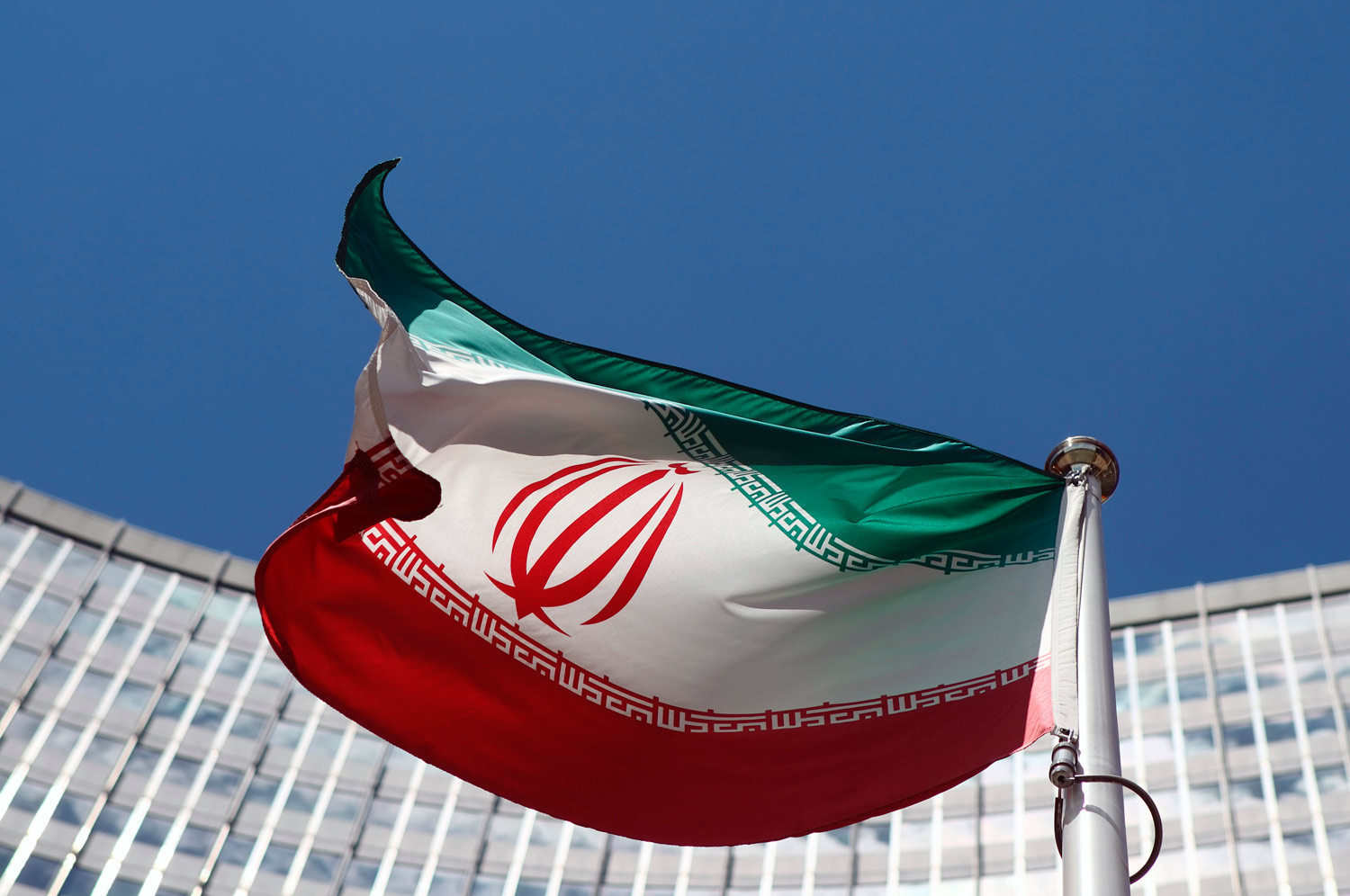
How Much Money Could These Two Iran Hawks Make From Unrest in the Middle East? How Much Money Could These Two Iran Hawks Make From Unrest in the Middle East?
Documents allege a profit motive behind a prominent anti-Iran group backed by a Francophile New York philanthropist with a penchant for large cats.
Aug 15, 2014 / Blog / Eli Clifton
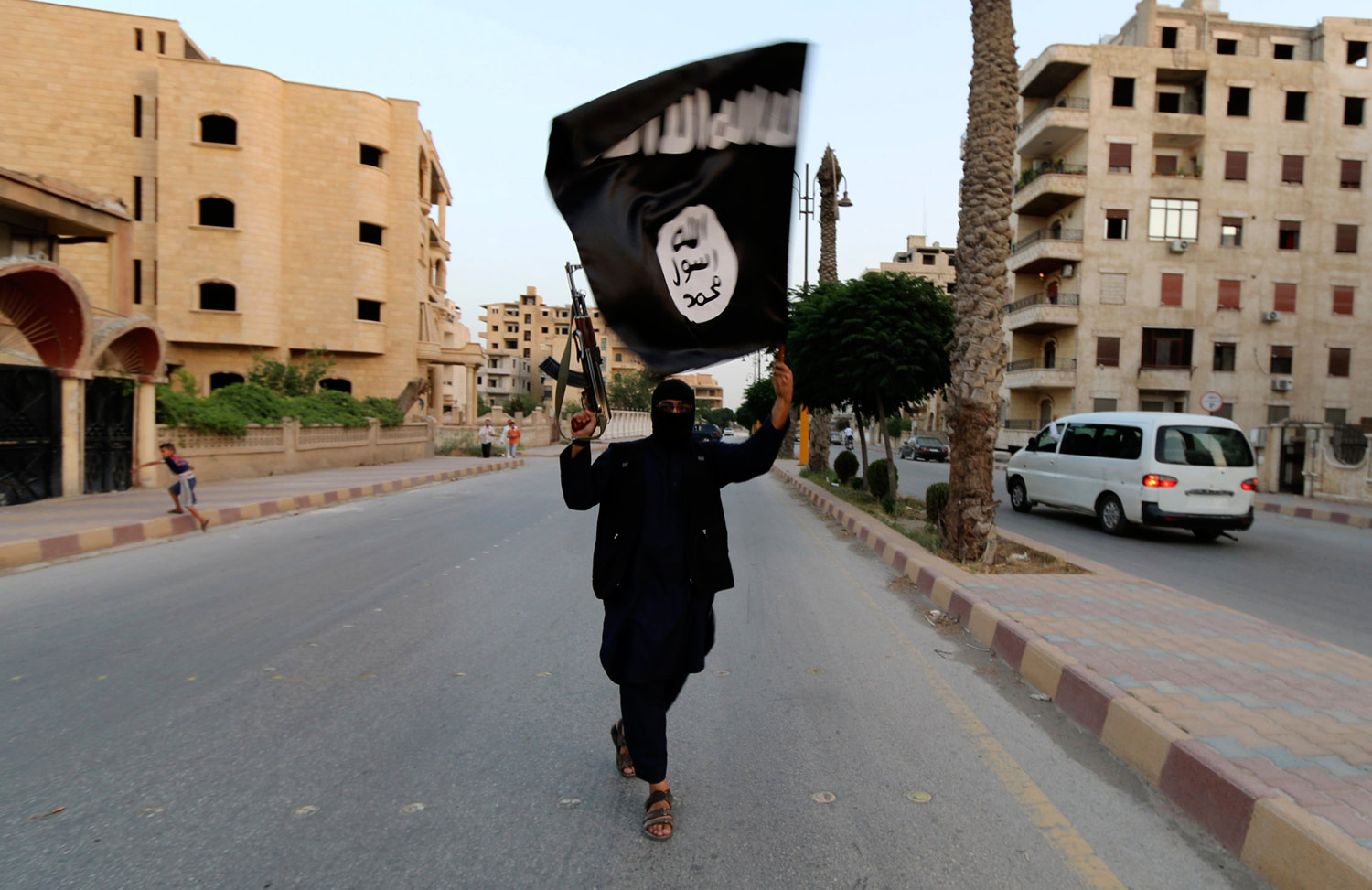
The Alternatives to More War in Iraq The Alternatives to More War in Iraq
To reject the “Long War” doctrine, the American left first has to understand it.
Aug 13, 2014 / Tom Hayden
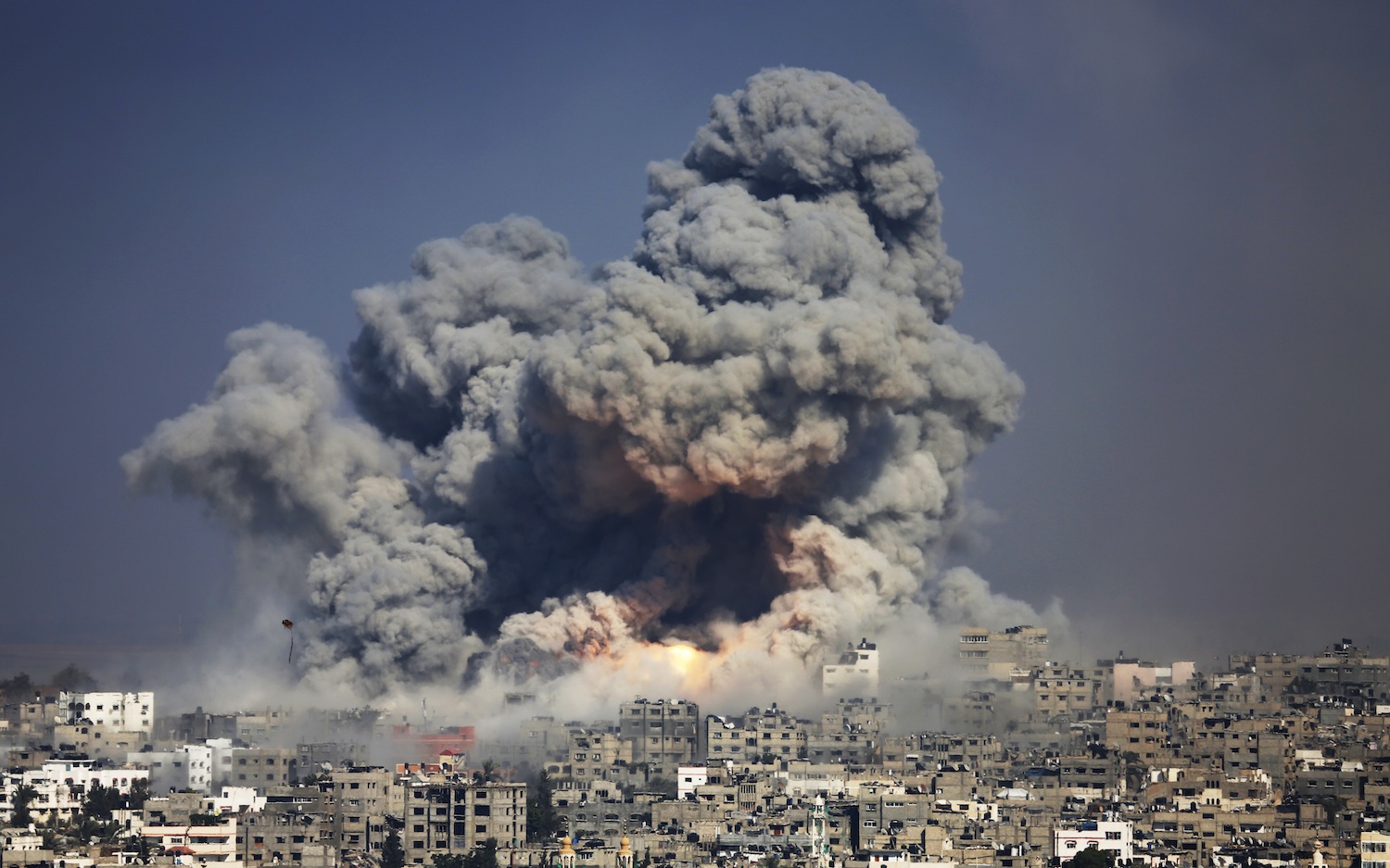
How the War in Gaza Could Have Been Avoided How the War in Gaza Could Have Been Avoided
The US and Israel passed on chance after chance to avoid the deadly war in Gaza—and prevent the deaths of thousands.
Aug 12, 2014 / Sandy Tolan
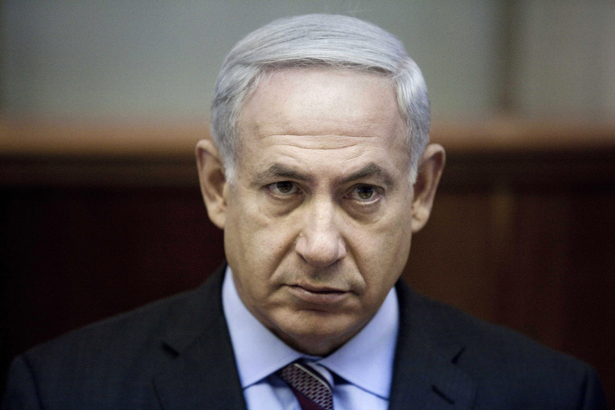
How Israel’s Shriveling Peace Camp Failed the Public How Israel’s Shriveling Peace Camp Failed the Public
We must overcome our chronic failure to offer a clear and unified narrative on Israel’s strategic crisis.
Aug 7, 2014 / Avner Inbar
